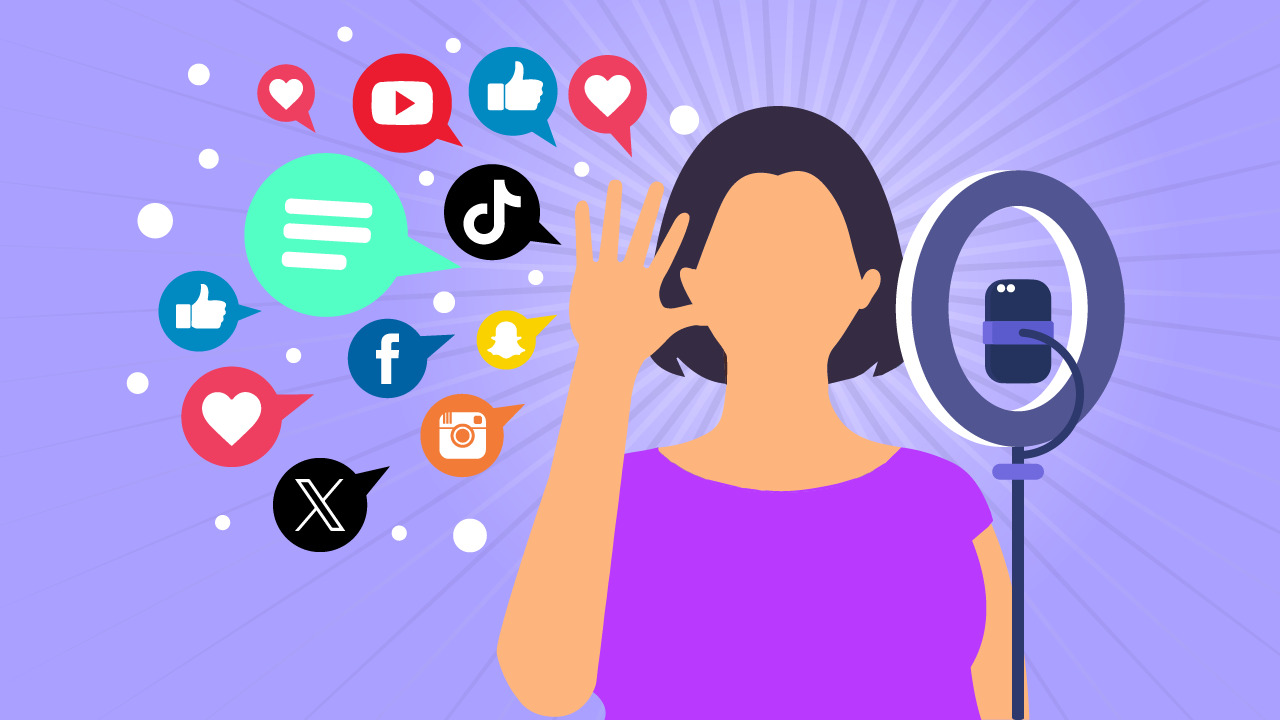Understanding Your Audience Through Social Listening
Social media is more than a platform for content sharing—it’s a space where conversations unfold, trends emerge, and opinions shape brands. For businesses and content creators, understanding audience sentiment is essential for engagement, brand growth, and customer retention. This is where social listening becomes a valuable tool, helping brands move beyond assumptions and make data-driven decisions.
By monitoring discussions, mentions, and industry trends, businesses can gain deep insights into what their audience cares about. Social listening goes beyond tracking direct interactions—it helps uncover pain points, preferences, and expectations. Instead of guessing what works, brands can make informed decisions based on real conversations, leading to more authentic and meaningful engagement.
Whether improving customer service, refining content strategy, or identifying market opportunities, social listening provides the data needed to stay relevant. It enables businesses to respond effectively, build stronger relationships, and create content that resonates with their audience. When brands actively listen and adjust their approach, they foster loyalty and position themselves as trusted voices in their industry.
What Is Social Listening?
Social listening involves tracking online conversations related to your brand, industry, or competitors. Unlike simple monitoring, which focuses on direct mentions and notifications, social listening analyzes broader trends and audience sentiment.
For example, if a fitness brand notices increasing conversations about sustainable workout gear, they can adjust their product line to meet demand. Similarly, a restaurant can detect rising interest in plant-based meals and introduce new menu options.
By using tools that analyze keywords, hashtags, and brand mentions, businesses can gain valuable insights into how people perceive them. This allows them to proactively address concerns, celebrate positive feedback, and refine their messaging.
Why Social Listening Matters for Businesses
Understanding what people say about a brand—both directly and indirectly—gives businesses a competitive edge. Social listening enables brands to detect shifts in consumer behavior before they become mainstream.
For instance, a clothing retailer tracking discussions on sustainability can adjust marketing campaigns to highlight ethical sourcing. If a tech company notices growing frustration with a competitor’s product, they can position their solution as a better alternative.
Beyond market trends, social listening helps brands engage authentically with their audience. Responding to conversations in real time fosters trust, making customers feel heard and valued.
Identifying Customer Pain Points
Social listening reveals customer frustrations that might not be expressed through direct feedback. Many users share opinions, complaints, and suggestions on platforms like Twitter, Reddit, and LinkedIn.
For example, if multiple users express frustration with long wait times for customer support, a brand can address the issue before it escalates. If users frequently mention a specific feature they love, the company can highlight it in future promotions.
By analyzing these discussions, brands can resolve concerns, improve products, and create marketing strategies that align with real customer experiences.
Refining Content Strategy Through Audience Insights
Creating content that resonates with an audience requires understanding their interests, preferences, and language. Social listening provides real-time data on the types of content that generate engagement.
If a beauty brand notices high engagement on skincare tutorials but little interest in makeup reviews, they can focus on producing more skincare-related content. Similarly, a travel agency can identify trending destinations and tailor its promotions accordingly.
By aligning content with audience sentiment, brands can improve engagement rates and increase the likelihood of their posts being shared.
Enhancing Customer Service and Brand Reputation
Customers expect brands to be responsive, especially on social media. Social listening allows businesses to detect and address concerns quickly, preventing negative experiences from escalating.
For example, if a user tweets about a delayed order, a brand can respond with an apology and an update on the shipping status. If a positive review goes viral, the brand can amplify it to enhance credibility.
Proactive engagement not only improves customer satisfaction but also strengthens brand reputation. A brand known for listening to its audience builds loyalty and trust over time.
Tracking Industry Trends and Competitor Strategies
Keeping up with industry shifts is crucial for staying ahead. Social listening helps businesses track emerging trends, consumer behaviors, and competitor moves.
If a new product or service is gaining traction, brands can evaluate its impact and decide whether to adopt a similar approach. By analyzing competitor reviews and feedback, businesses can identify gaps in the market and position themselves strategically.
Staying informed about industry conversations allows brands to make data-driven decisions rather than reacting after trends have passed.
Leveraging Influencer and Community Engagement
Influencers and brand advocates play a key role in shaping consumer opinions. Social listening helps identify potential collaboration opportunities by tracking influential voices discussing relevant topics.
If a fitness brand notices a popular trainer frequently recommending their products, they can initiate a partnership. If a community group consistently engages with their brand, they can create exclusive offers or events to strengthen relationships.
Engaging with influencers and online communities builds credibility and extends brand reach beyond traditional marketing channels.
Turning Insights into Actionable Strategies
Collecting data is only valuable if it leads to meaningful action. Social listening should inform product development, content creation, and customer engagement strategies.
For example, if a brand identifies a growing demand for eco-friendly packaging, they can implement changes and announce them through targeted marketing campaigns. If they notice a recurring question from customers, they can create an FAQ or tutorial to address it.
Consistently analyzing social listening data ensures that businesses remain adaptable and responsive to audience needs.
Building a Stronger Connection with Your Audience
Understanding an audience goes beyond demographics and analytics—it requires listening to what they truly care about. Social listening provides a direct window into consumer sentiment, helping brands build relationships based on trust and relevance. By analyzing real conversations, businesses can uncover emerging needs, industry shifts, and potential brand advocates.
Brands that actively engage with their audience, respond to feedback, and adapt their strategies accordingly will foster a loyal community. The key is to treat social listening not as a passive activity but as a dynamic tool for shaping meaningful interactions. Whether addressing customer concerns or celebrating positive experiences, timely responses show that a brand values its audience.
By incorporating social listening into everyday operations, businesses can create content, products, and experiences that genuinely connect with their audience. Long-term engagement isn’t about broadcasting messages—it’s about fostering two-way communication. When brands consistently listen and act on insights, they cultivate stronger relationships and position themselves as trusted industry leaders.











No responses yet